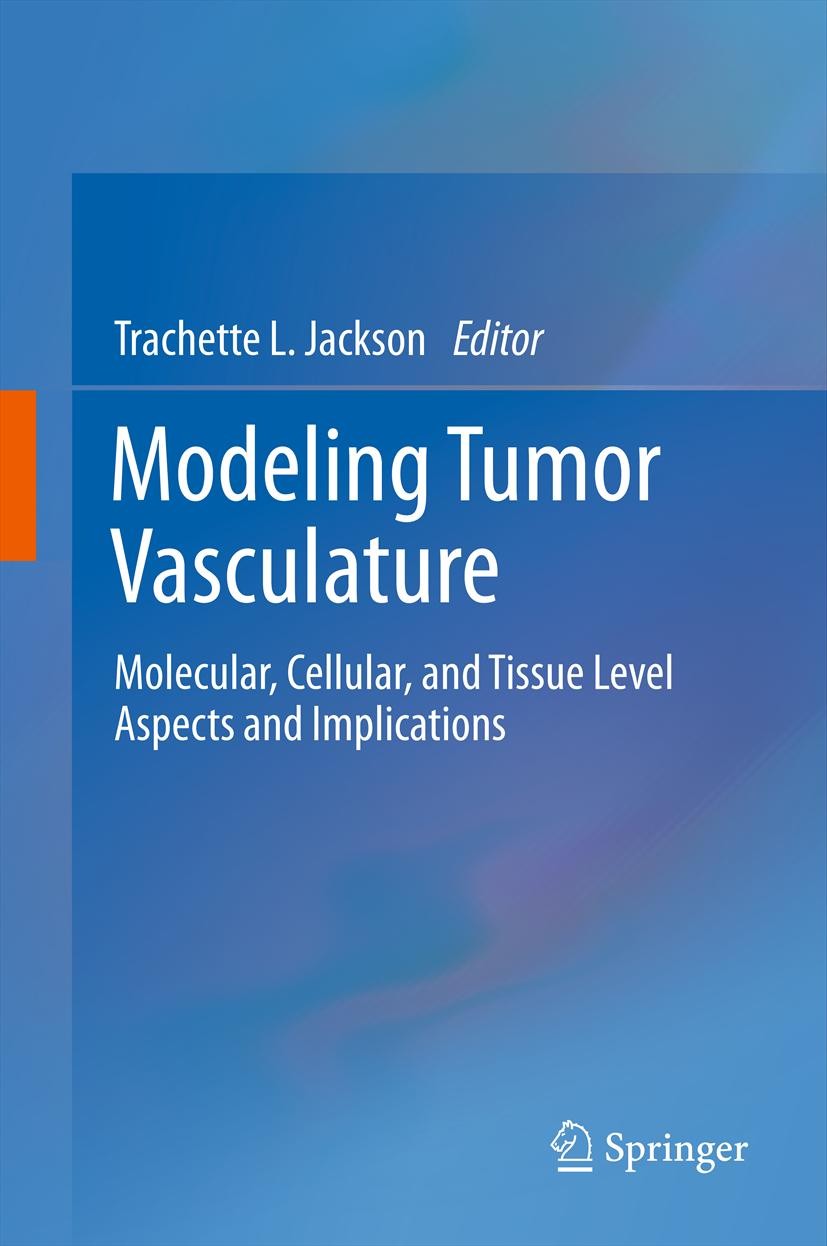| 书目名称 | Modeling Tumor Vasculature | | 副标题 | Molecular, Cellular, | | 编辑 | Trachette L. L. Jackson | | 视频video | http://file.papertrans.cn/637/636071/636071.mp4 | | 概述 | Provides a variety of interesting and innovative mathematical modeling approaches.Discusses the development and effects of tumor vasculature using mathematical models.Illustrates the innovation and ne | | 图书封面 |  | | 描述 | .To profoundly understand biology and harness its intricacies for human benefit and the mitigation of human harm requires cross-disciplinary approaches that incorporate sophisticated computational and mathematical modeling techniques. These integrative strategies are essential to achieve rapid and significant progress in issues, in health and disease, which span molecular, cellular and tissue levels. The use of mathematical models to describe various aspects of tumor growth has a very long history, dating back over six decades. Recently, however, experimental and computational advances have improved our in the understanding of how processes act at multiple scales to mediate the development of tumor vasculature and drive the advancement of cancer. This book will showcase the development and utilization of new computational and mathematical approaches to address multiscale challenges associated with tumor vascular development. . .In .Part I: Cell Signaling and Molecular Aspects of Tumor Blood Vessel Formation., it will be come clear that mathematical modeling can help to biochemically and biomechanically phenotype one of the most important cell types involved in cancer progression | | 出版日期 | Book 2012 | | 关键词 | VEGF Receptor; glioma; tumor angiogenesis; tumorigenesis; vascular networks | | 版次 | 1 | | doi | https://doi.org/10.1007/978-1-4614-0052-3 | | isbn_softcover | 978-1-4939-0133-3 | | isbn_ebook | 978-1-4614-0052-3 | | copyright | Springer Science+Business Media, LLC 2012 |
The information of publication is updating

|
|
 |Archiver|手机版|小黑屋|
派博传思国际
( 京公网安备110108008328)
GMT+8, 2025-11-15 22:26
|Archiver|手机版|小黑屋|
派博传思国际
( 京公网安备110108008328)
GMT+8, 2025-11-15 22:26


